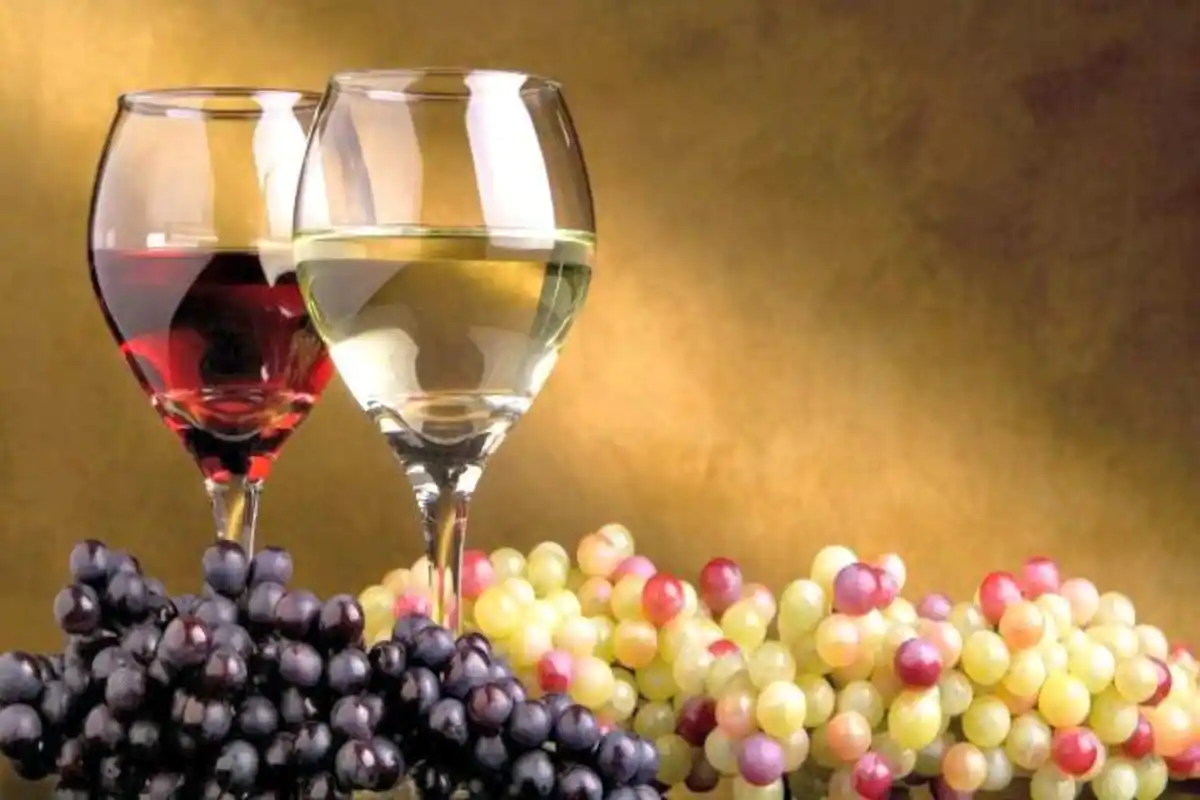
Different varieties of wines available?
There are thousands of varieties of wine in the world, made from hundreds of different grape varieties, each with its own unique characteristics. Wine can be classified in many different ways, such as by color, sweetness, country of origin, grape variety, or production method.
Some of the most common types of wines include:
- Red wines, which are made from red or black grapes and can range from light-bodied to full-bodied with flavors like cherry, blackcurrant, and tobacco.
- White wines, which are made from white grapes or red grapes with the skins removed, and can range from light and crisp to full-bodied with flavors like apple, peach, and honey.
- Rosé wines, which are made by leaving the skins of red grapes in contact with the juice for a short time, creating a pink color and flavors of strawberries, raspberries, and citrus.
- Sparkling wines, which are carbonated and can range from dry to sweet, with examples like Champagne, Prosecco, and Cava.
- Fortified wines, which have additional alcohol added to them, such as Port, Sherry, and Madeira.
These are just a few examples of the many types of wines available. The specific number of wine varieties is difficult to determine, as new wines are being created all the time, and different regions and winemakers may have their own unique varieties and blends.
How wine is prepared?
Wine is typically made from grapes, although other fruits like apples, berries, and even flowers can be used to make wine as well. The basic process of winemaking involves several steps:
- Harvesting: Grapes are harvested when they reach their peak ripeness. This is typically in the late summer or early fall, depending on the grape variety and location.
- Crushing and Pressing: Once the grapes are harvested, they are crushed and pressed to extract the juice. In some cases, the grapes are left to ferment with the skins still on to make red wines.
- Fermentation: The extracted juice is then placed in tanks or barrels, where yeast is added to begin the fermentation process. The yeast consumes the sugar in the juice, producing alcohol and carbon dioxide. This process can take several days to several weeks, depending on the wine and the desired level of alcohol.
- Aging and Maturation: After fermentation, the wine is aged and matured. This can take place in tanks, barrels, or bottles, and can last anywhere from a few months to several years, depending on the type of wine.
- Bottling: Once the wine has aged and matured, it is bottled and sealed. Some wines may be filtered or clarified before bottling to remove sediment and improve clarity.
- Enjoyment: Finally, the wine is ready to be enjoyed! It can be served at the appropriate temperature and paired with food to enhance its flavors and aromas.
How to recognize which wine is pure?
When it comes to wine, “purity” can mean different things depending on the context. If you are asking about how to recognize if a wine is made from 100% pure grape juice and not diluted with other substances, there are a few things you can look for:
- Labeling: Check the label to see if it specifies that the wine is made from 100% grape juice or if it includes other ingredients like water, sugar, or flavorings.
- Taste and Aroma: Pure wines are typically made from high-quality grapes and will have a characteristic taste and aroma that reflects the grape variety and the terroir (the environmental factors that influence the grapes’ growth). Taste the wine and note the flavors and aromas. If it tastes and smells like grapes or has flavors and aromas that are typical of the grape variety, it is likely a pure wine.
- Clarity: Look at the wine’s color and clarity. Pure wines are typically clear and bright, with a consistent color and no sediment or cloudiness.
- Reputation of the Producer: Look for wines made by reputable producers who are known for their high-quality wines. Producers who have a reputation for using pure, high-quality ingredients are more likely to produce pure wines.
- Whether you’re new to the wine industry or a seasoned professional, the Sommelier Certification 101 course offered by https://somm.us/sommelier-certification-101/ can help you take your career to the next level. Follow this link to enroll today.
It’s worth noting that some winemakers choose to blend different grape varieties or wines from different regions to create a more complex wine. While this may not be considered “pure” in the strictest sense, it can result in a high-quality wine that is still made from 100% grape juice. Ultimately, the best way to ensure that you are getting a pure wine is to buy from a trusted source and to do your research on the wine and the producer.







